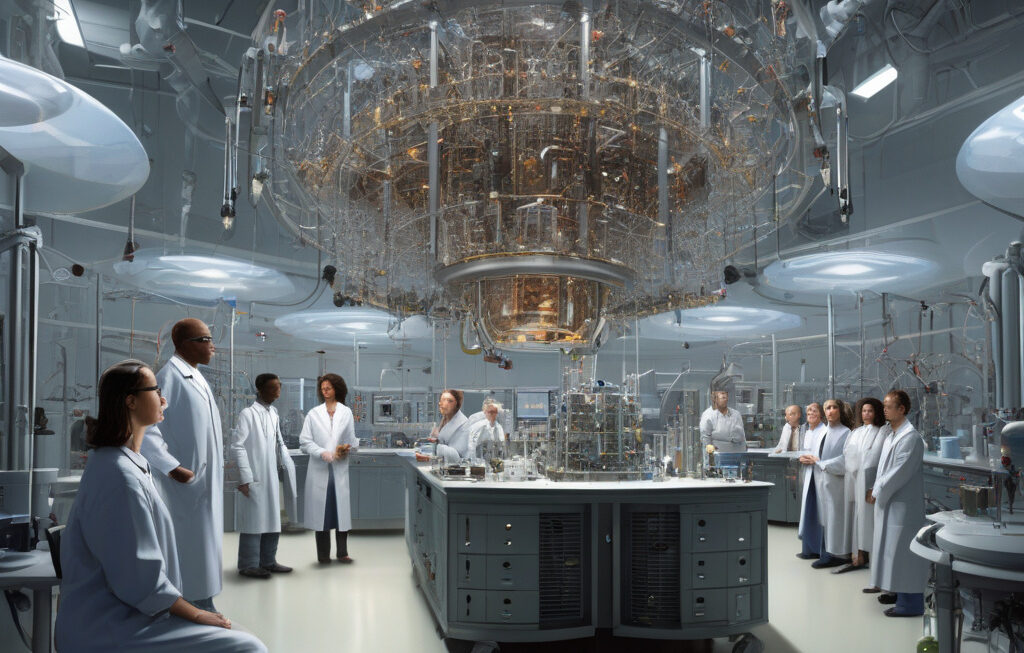ATLAS Collaboration Uncovers Rare Higgs-Boson Decay, Unlocking New Frontiers in Particle Physics
The ATLAS collaboration has once again made waves in the world of particle physics by revealing new evidence of rare Higgs-boson decays. This groundbreaking discovery sheds light on the elusive decays to muons and Z boson–photon pairs, offering a deeper understanding of the fundamental particles and forces that govern the universe.
In a recent article published by Innovation News Network, the ATLAS scientists shared their findings, highlighting the significance of these rare decay channels. The Higgs boson, often referred to as the “God particle,” plays a crucial role in the Standard Model of particle physics, responsible for endowing other particles with mass. By studying its decay patterns, scientists can uncover clues about the underlying mechanisms of the universe.
The discovery of Higgs-boson decays to muons is particularly noteworthy, as it represents a rare occurrence with profound implications. Muons are similar to electrons but heavier, and their interactions with the Higgs boson provide valuable insights into the nature of particle interactions. By observing these decays, researchers can test the predictions of the Standard Model and search for deviations that could hint at new physics beyond our current understanding.
Furthermore, the observation of Higgs-boson decays to Z boson–photon pairs offers a unique window into the behavior of these fundamental particles. The Z boson is responsible for mediating the weak nuclear force, one of the four fundamental forces in nature, while photons are the carriers of the electromagnetic force. Studying their interactions with the Higgs boson can reveal how these forces unify at high energies, providing a glimpse into the early universe.
The implications of this discovery extend far beyond the realm of theoretical physics. By unlocking the secrets of rare Higgs-boson decays, the ATLAS collaboration is paving the way for future innovations in particle physics and beyond. Understanding the fundamental building blocks of the universe not only expands our scientific knowledge but also has practical applications in fields such as technology, medicine, and engineering.
As we delve deeper into the mysteries of the subatomic world, each new discovery brings us closer to unraveling the complexities of the universe. The ATLAS collaboration’s latest breakthrough in uncovering rare Higgs-boson decays marks a significant milestone in the journey towards a more profound understanding of the fundamental laws that govern our reality.
In conclusion, the ATLAS collaboration’s exploration of rare Higgs-boson decays represents a significant step forward in the field of particle physics. By unraveling these elusive decay channels, scientists are pushing the boundaries of knowledge and opening up new frontiers in our understanding of the universe. This groundbreaking research not only deepens our insights into the fundamental forces of nature but also holds the potential to shape the future of science and technology.
#ATLAS #HiggsBoson #ParticlePhysics #Innovation #NewFrontiers











